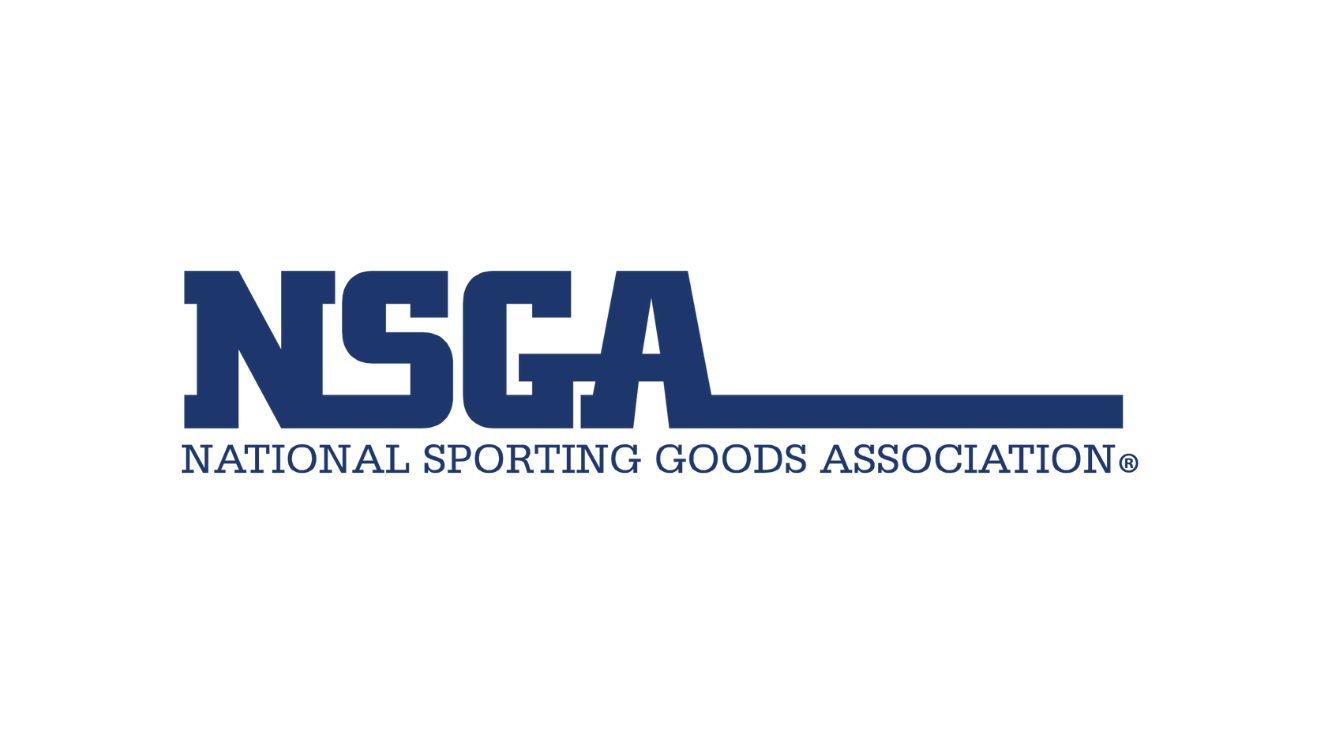INDIANAPOLIS, INDIANA (August 12, 2021) – Player equipment is part of the 19 rules changes in high school girls lacrosse for the 2022 season. The rules changes, which come after a one-year hiatus from the rules-making process as a result of the COVID-19 pandemic, were proposed by the National Federation of State High School Associations (NFHS)/USA Lacrosse Girls Lacrosse Rules Committee at its virtual rules meeting held June 21-23. All 19 proposals were later approved by the NFHS and USAL Boards of Directors.
Rule 2 underwent several alterations regarding equipment, including the new Rule 2-7-7, which permits participants to wear secured, non-abrasive head coverings for religious or cosmetic reasons without first obtaining state association approval.
Beyond a pair of changes permitting hair ties and other soft, non-rigid materials worn on the arm and securely fastened hair adornments (Rule 2-7-5), the other major equipment-related modifications are found in Rule 2-7-3, which allows face masks that are soft and non-abrasive.
“The rules committee reviewed both the permissibility of headwear for religious and cosmetic reasons and securely fastened hair adornments that do not endanger other players and agreed that eliminating barriers to participation was important for the growth of the game,” said Lindsey Atkinson, NFHS director of sports and communications associate and liaison to the Girls Lacrosse Rules Committee.
Under Rule 2-6-1a, goalkeepers are no longer required to wear shin protectors, as there is no standard for those pieces of equipment. Goalkeepers still have the option to wear shin protection with padding up to one inch in thickness, which also creates consistency with boys lacrosse. Additional changes to Rule 2-6-1 detail the additional equipment options for goalkeepers, including a clear, molded and non-rigid helmet eye shield, as well as tinted or clear eyeglasses.
A new equipment option for officials was added as new Rule 2-8-5 offering the ability to use audible wireless communication devices as a means of adjusting to the increased speed of the game.
The focus allowing the rules to compliment free movement shows up most prominently in the committee’s edits to several sections of Rule 4 – “Time Factors, Substitutions and Scoring.”
To reduce the potential for false starts during the last two minutes of each half, the game clock will no longer be stopped in every instance that the official blows the whistle to stop play (Rule 4-1-2). A similar change was made to Rule 4-6, mandating that in overtime, the clock will only stop during official time-outs or fouls committed in the critical scoring area.
Rule 4-2-2 now includes additional situations where an official’s time-out must be taken. Previously, officials stopped play in case of illness, accident or injury, for the issuance of a card, to check a crosse and any time a draw had to be retaken. Now, stoppages will also occur in the event of an offside call, an inadvertent whistle, alternate possession, and for fouls in the critical scoring area during the last two minutes of each half (unless there is a 10-goal differential). Rule 4-6 eliminates the requirement to stop the clock during the last two minutes of each half and overtime on every whistle except for officials’ time-outs and fouls in the critical scoring area, reducing the potential for false starts.
New criteria were added to Rule 4-3-3 that dictates where play will be resumed following a possession time-out. If the goalkeeper has possession of the ball in the goal circle, play will now be restarted in the goal circle. If the game is to resume with a free position, play will be restarted at the location of the free position. Additionally, no player will be allowed within 4 meters of the player with the ball when play is being resumed.
Substitution restrictions were removed from several sections of Rule 4 and Rule 2. Prior to these changes, substitutions were prohibited during various stoppages in play including those required for player injury (Rule 4-2-3e), player ejections (Rule 4-7-6), replacing an illegal or broken crosse (Rules 2-4-7b and 2-5-2d), and re-draws during the overtime period (4-7-5b).
“While there are 19 rules changes passed this year, the majority of them are tweaks and minor adjustments as the game evolves in the free movement era,” said Caitlin Kelley, women’s game director at USA Lacrosse. “The committee did a great job of looking through the details of the game and modifying substitution rules, equipment allowances, and penalty administration to better allow for the flow of the game and the student-athlete experience.
The goalkeeper was also the focal point in Rules 7-2-1d and Rule 10-1 PENALTIES 1 and 5.
Within Rule 7-2-1, a goalkeeper only needs to keep one foot inside the goal circle in order to reach out her crosse and bring the ball back inside the goal circle. Previously, the goalkeeper could not execute this move with any part of her body grounded outside the goal circle.
Rule 10-1 PENALTIES was modified to include language on the assessment of a false start penalty committed by the goalkeeper or her deputy in the goal circle. PENALTY 5 of the rule now states that a free position will be taken at the closest dot in that instance, with the goalkeeper and her deputy remaining in the goal circle and no defensive player placed behind the free position.
The final major rule change for the 2022 girls lacrosse season is the addition of Rule 9-1k, which lists the “Illegal Exchange of the Crosse” as a minor field foul. Under the new rule, an acceptable exchange of a field crosse with a crosse from the bench area can only be done with both crosses entering and exiting through the substitution area.
A complete listing of the girls lacrosse rules changes will be available on the NFHS website at www.nfhs.org. Click on “Activities & Sports” at the top of the home page and select “Lacrosse-Girls.”
According to the most recent NFHS High School Athletics Participation Survey, 99,750 girls participate in lacrosse in 2,877 high schools across the country, making it the nation’s 10th-most popular girls sport.





 Back
to News
Back
to News